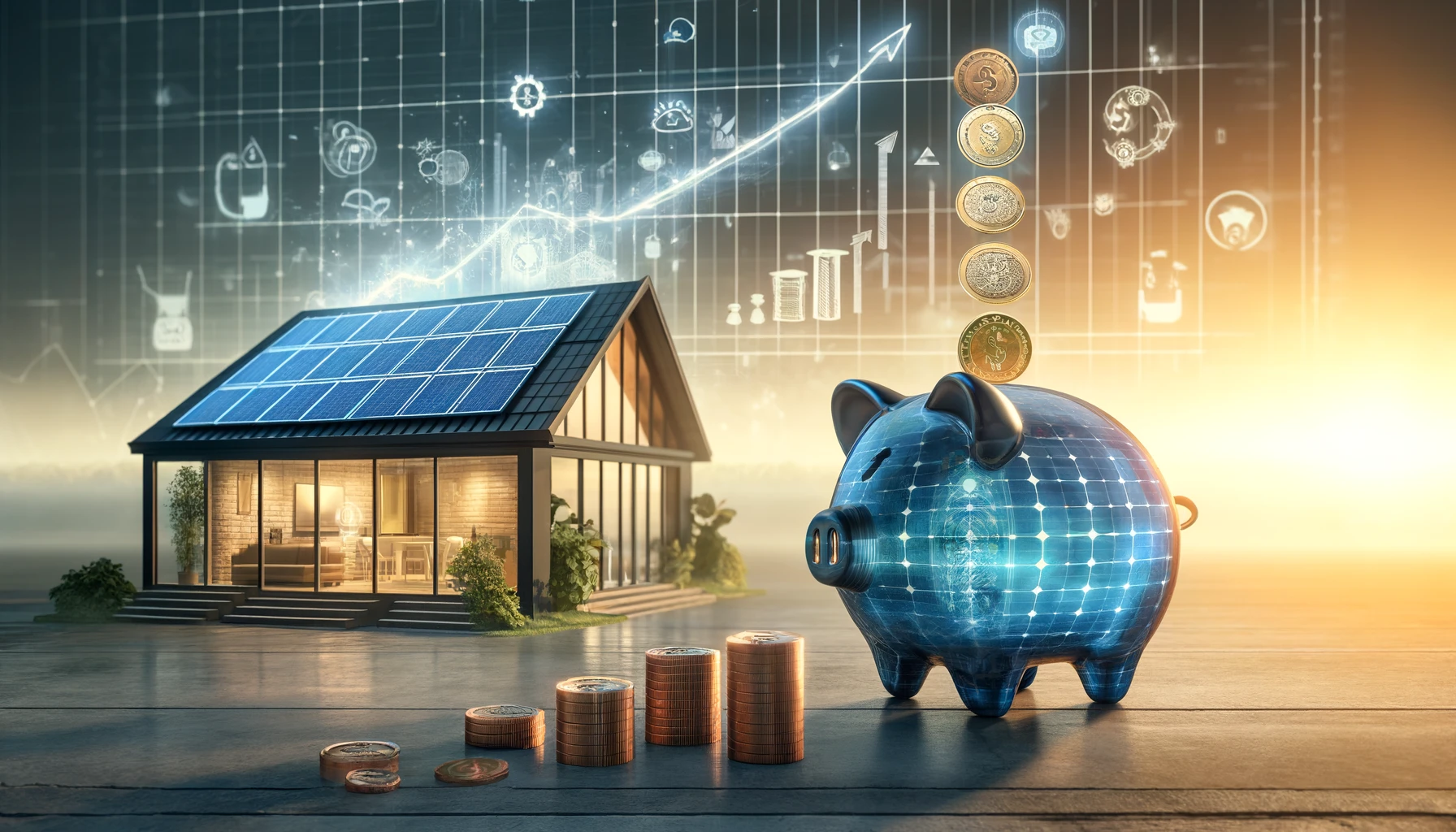Welcome back to another engaging discussion from Lamora Energy. Today, we’re looking at the financial implications of rooftop solar. How much does it cost? What are the potential savings? Is solar worth it? Let’s dive in and examine the financial aspects of going solar.
Initial Costs
The first consideration is the upfront cost of purchasing and installing a solar system. This cost can vary based on the system’s size, the quality of the components, your location, and the specifics of your installation (like the type of inverter used, whether you need a new or upgraded meter, etc.).
Incentives and Rebates
Fortunately, the initial costs can often be offset by various incentives and rebates. In Australia, the Small-scale Renewable Energy Scheme provides small-scale technology certificates (STCs) which can be sold to recoup a portion of the installation costs. Furthermore, certain states and territories may offer additional incentives.
Long-term Savings
Once installed, a solar power system can result in substantial savings on your electricity bills. If your system is correctly sized for your usage, you can significantly reduce or even eliminate your reliance on grid electricity.
The actual savings will depend on factors like the amount of sunlight your panels receive and your household’s energy usage patterns. However, over the lifetime of the system, these savings can add up to a significant amount.
Feed-in Tariffs
If your system is connected to the grid, you can also benefit from feed-in tariffs for any excess power you produce. These tariffs are payments you receive from your electricity retailer for the excess solar energy that your system feeds back into the grid.
Property Value Increase
As we covered in a previous article, homes with solar systems often attract a premium when sold. Therefore, part of the financial return on your investment can be realised if you decide to sell your property.
Conclusion: Is Solar Worth It?
While the upfront costs of a solar system have the potential to be significant, the long-term savings, combined with financial incentives and potential property value increase, can make it a wise investment. Most solar systems pay for themselves in energy savings over several years, after which the electricity they generate can be considered ‘free’.
At Lamora Energy, we’re committed to helping you understand the financial implications of going solar. We believe that with the right knowledge and support, you can make an informed decision that suits your energy needs and financial situation. Let’s take this step towards a financially smart and sustainable future together.







